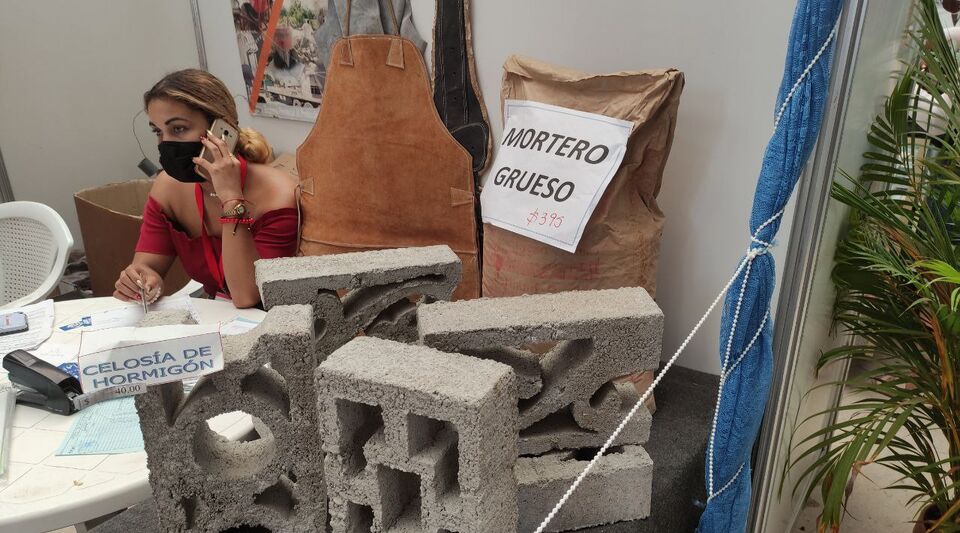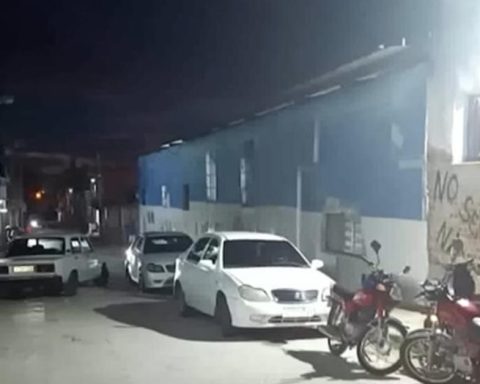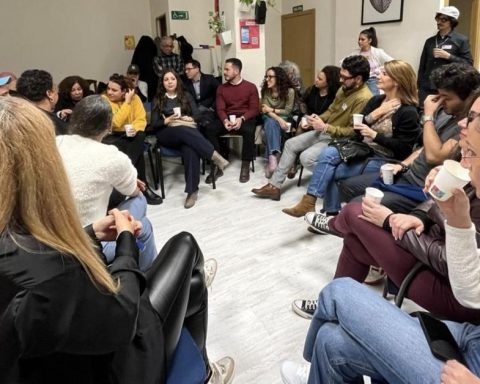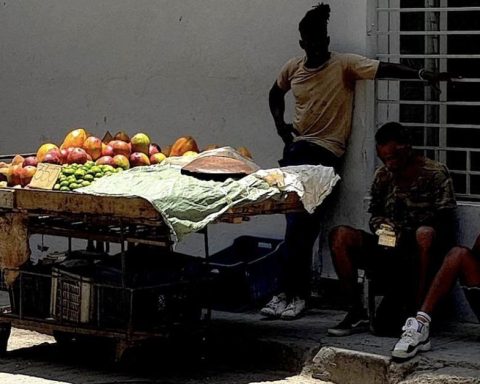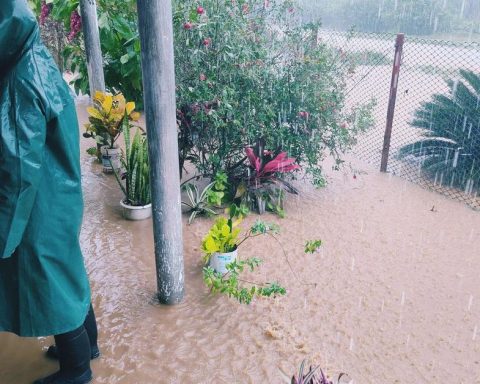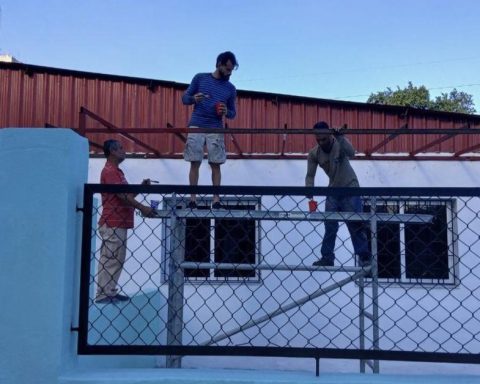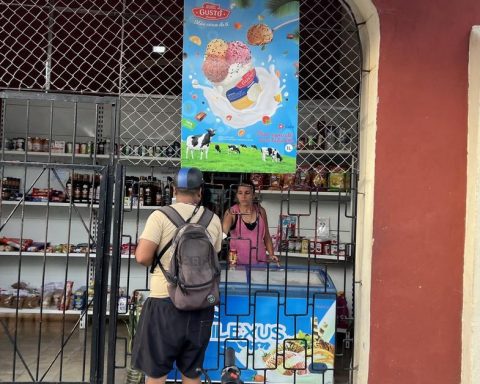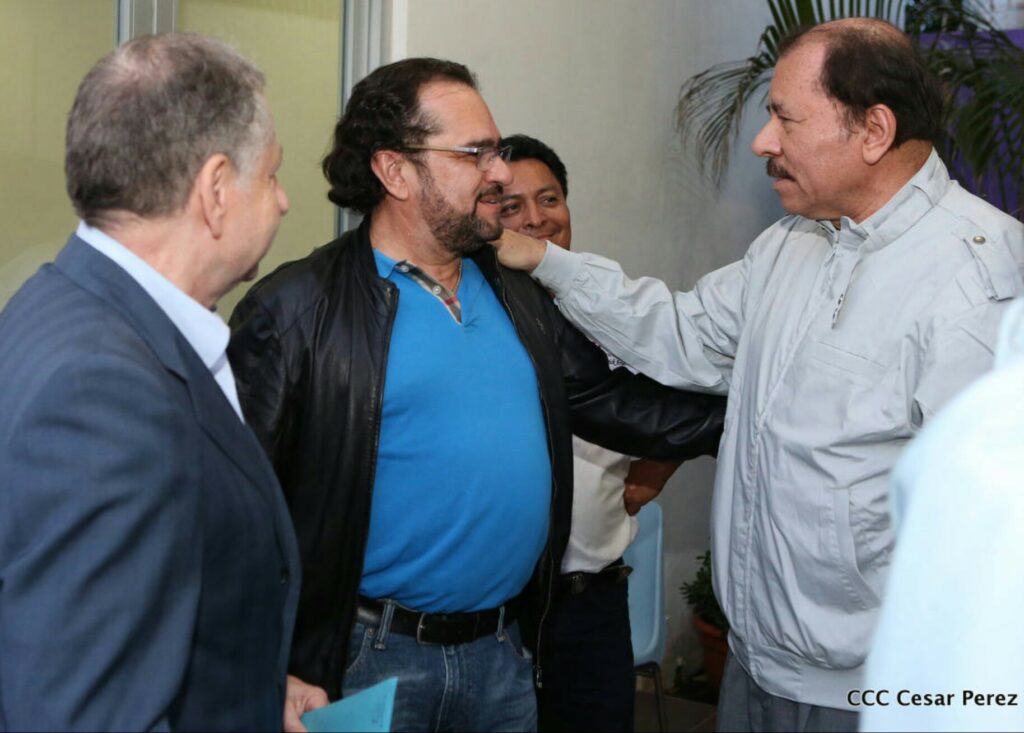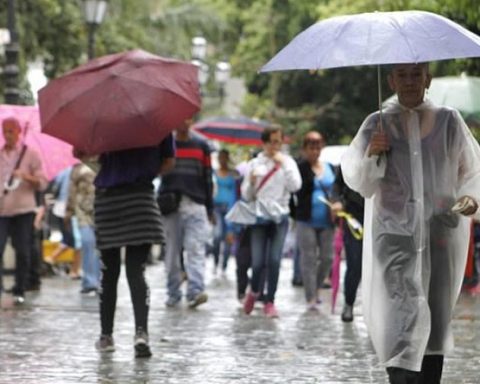The summary is simple: the government has a plan to revive the depressed construction materials industry that consists of exporting marble and mortar for foreign exchange, while the domestic market will receive only clay, sand and limestone.
The authorities of the Ministry of Construction and the state group Geicon, which expects to get 16.5 million with its sales abroad, spent an hour and a half at the Round Table to talk about this new apartheid which is explained in a few minutes but requires many justifications.
“Funding is needed,” summed up Reynolds Ramírez Vigaud, first vice president of the state company. “The way that the organization has foreseen, although still insufficient, but which is within our reach is through exports,” he said. And he insisted on this idea numerous times throughout his speech.
Of the 45 companies that make up the group, 14 of them produce materials and 11 specifically cement. Last year, he exposed himself, the production suffered from the national crisis – which he attributed to the pandemic and the blocking– and although few Cubans found construction materials available, the director affirmed that what was necessary could be sustained, for which reason this year they do not contemplate anything other than improvement. “We have proposed to develop a year 2023 with results much higher than the previous one and, if one reviews the physical productions in the first five months of the year with respect to the same period of 2022, in all the assortments it has grown, although they are not yet reached the expected results, as a result of the energy situation”.
“The way that the organization has planned, although still insufficient, but which is within our reach is through exports”
All this success is not enough “to satisfy the country’s demand,” he added. Ramírez Vigaud explained, however, that the export plan is going well. Even too much. “Of 400,000 dollars expected to be exported, in 2022 it was possible to sell 1,054,160 dollars and new products were inserted,” he specified. Among the best sellers, marble, mortar, gray cement and benefited sand “as the only way to earn income.”
“Exports at this time are necessary to be able to sustain and develop the construction materials industry,” he insisted. “They are the only way we have to achieve production on a larger scale and acquire the raw materials that are required for it and that are not produced in the country.”
To this are added the “efficiency and savings” to which, according to the official, science has contributed, which has contributed 68 projects, so far, of new materials and from alternative raw materials or less polluting production methods and that reduce fuel consumption.
Ramírez Vigaud spoke of investments for new plants that will produce on a larger scale and cited figures with many zeros. Thousands of pieces, thousands of tons, hundreds of square meters…
But when changing the block, Delilah Díaz Hernández, General Director of Materials of the Ministry of Construction, came with the lime. “The local production of materials is the one that is carried out from the main municipalities of the different provinces and the non-urban popular councils,” she explained. That industry, which has “its foundational base in the operation of the urban agriculture program” is responsible for covering national demand, she said in summary.
“80% must go to construction materials stores so that the population can access these inputs. The remaining 20% stays in the municipality to guarantee the sustainability of the habitat and territorial development,” he specified.
“80% must go to construction materials stores so that the population can access these inputs. The remaining 20% stays in the municipality to guarantee the sustainability of the habitat and territorial development”
The official emphasized that the Island is rich in resources from which it can benefit, although she avoided saying that one province will have better materials than another depending on its luck. “We live in a country rich in clay; in other regions there is natural sand, limestone. There is a diversity of natural resources that together make up different alternatives and possibilities so that each of the regions can obtain their own building materials,” he stressed. she.
Díaz Hernández insisted that it has been shown that “clay houses can be built without the use of cement. There is a project in three regions of the country in which red ceramic elements and slip are used as material for placing this, with a solution of vault, to opt for an economic, environmentally friendly and viable path”, he concluded.
The board of directors had been responsible for opening the program, in which a class on the history of the Cuban construction materials industry was offered since before the Revolution and blessed the brilliant “idea channeled by our Commander in Chief Fidel Castro” of modernize it due to the need to build schools, hospitals and many other things.
Until 1989, more than 577 million dollars were invested in this process, but the date is not accidental and with the fall of the Soviet Union comes disaster, obsolescence, and a lack of spare parts. In 2005 an amount of almost 55 million CUC (equivalent in dollars) was approved to revitalize the industry, but the problems of recent years have jeopardized all productivity.
There was a lot of talk about cement, another industry to which its historical journey was traced and which, according to Herácleo Porto Valdés, general director of the cement group –also present at the Round Table– is immersed in a renewal process thanks to the investment at the Santiago de Cuba plant.
“From the Cienfuegos plant, it is currently exported to some Caribbean countries, and this financing is received. This will help the situation of the plant improve over the course of the year”
“This decision is a gigantic effort by the country at the present time, for which it implies – for investments, housing, tourism, for the population – that there is a deficit and an enormous need in the country for this product. Today it is It is also modernizing the Nuevitas plant to recover the capacity that existed for clinker (a product obtained by calcining limestone and clay, and used in the manufacture of cement) since its design, while the Santiago plant intends to double its capacity “, he added.
Porto Valdés also explained that the cement industry is a highly consuming industry of national fuel and imported oil, for which reason this year “decisions have been made to prioritize the cement industry” as they try to make a leap in production. “From the Cienfuegos plant, it is currently exported to some Caribbean countries, and this financing is received. This will help the situation of the plant to improve substantially over the course of the year, a possibility that did not exist some time ago” , he affirmed in what was the umpteenth defense of prioritizing the foreign market, although probably not the last.
________________________
Collaborate with our work:
The team of 14ymedio He is committed to doing serious journalism that reflects the reality of deep Cuba. Thank you for accompanying us on this long road. We invite you to continue supporting us, but this time becoming a member of our newspaper. Together we can continue transforming journalism in Cuba.
